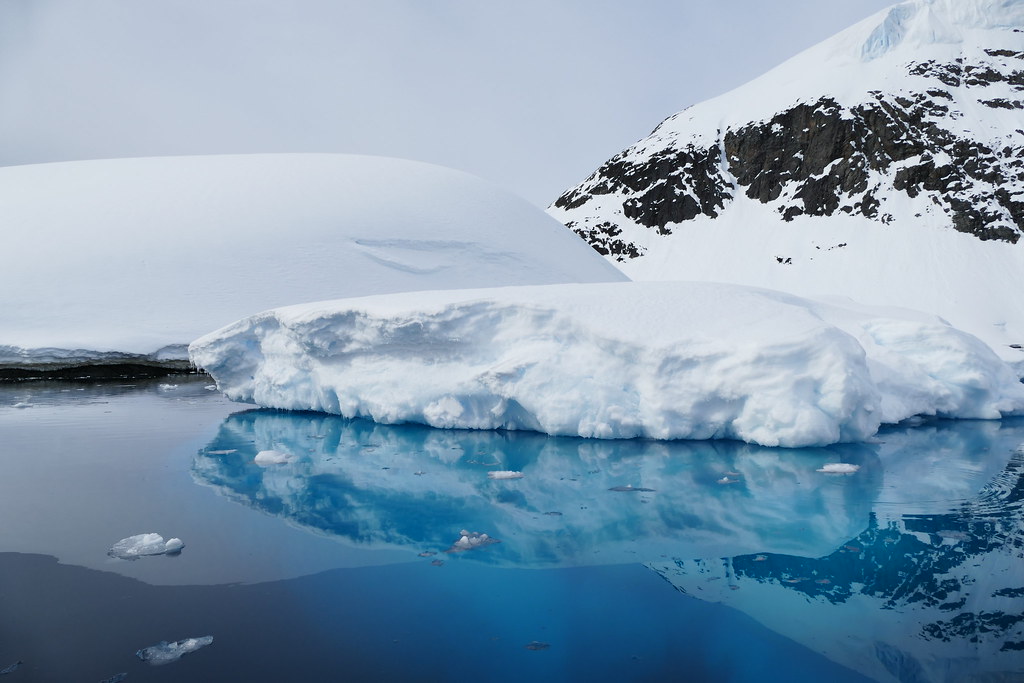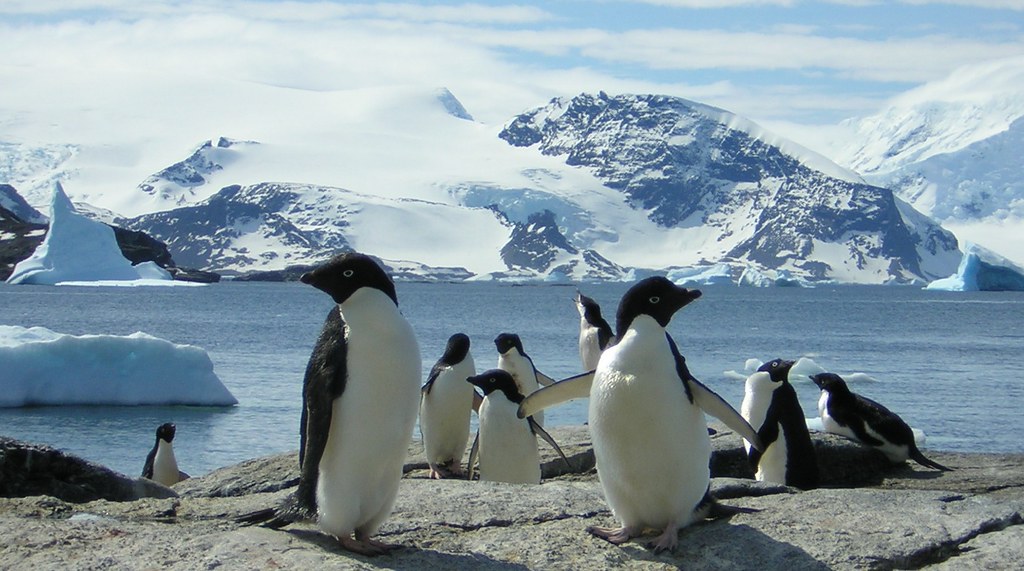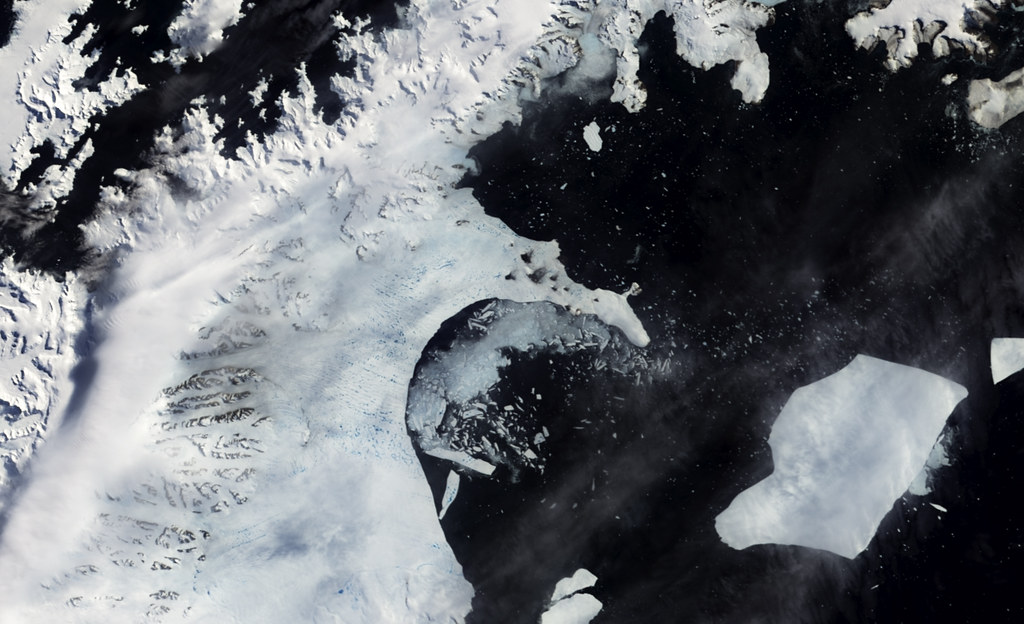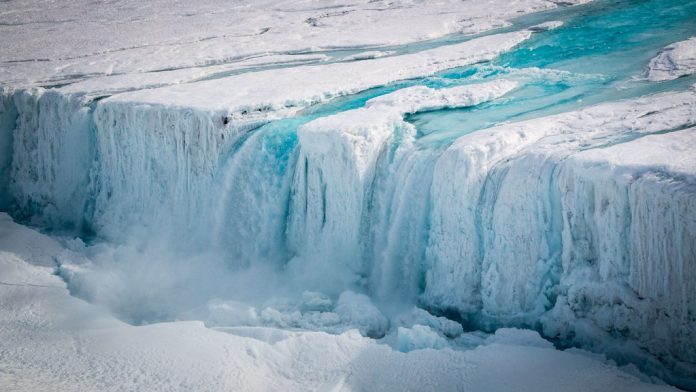
Antarctica, a continent shrouded in ice, is home to massive ice shelves that play a crucial role in the stability of the Earth’s climate system. These shelves act as natural barriers, holding back the flow of glacial ice into the ocean.

However, recent field-based observations have exposed the vulnerability of these ice structures to the increasing effects of climate change: not only are they bending under the weight of accumulating meltwater lakes but are also actively fracturing, with dire implications for global sea levels.

“Ice shelves are extremely important for the Antarctic Ice Sheet’s overall health as they act to buttress or hold back the glacier ice on land,” said CIRES scientist Alison Banwell, highlighting the shelves’ critical function.

But the stability that these structures once provided is now under threat as warmer air temperatures lead to the formation of meltwater pools, which exert immense pressure and can cause dramatic fracturing.

The recent study by Banwell and her colleagues, published in the Journal of Glaciology, represents the first field-based evidence of such phenomena.

The team’s expedition to the George VI Ice Shelf in November 2019 was a testament to scientific tenacity.

Braving the inhospitable climate, they set up a network of high-precision GPS stations, water-pressure sensors, and timelapse camera systems around a known depression, a spot where meltwater was prone to pooling.

After a hiatus forced by the COVID-19 pandemic, they returned to find that the sensors and cameras, though partially lost, had documented a season of record-high melt, capturing the movement and drainage of a lake and the formation of circular fractures in the ice.

“We believe these types of circular fractures were key in the chain reaction style lake drainage process that helped to break up the Larsen B Ice Shelf,” Banwell noted.

This discovery may help explain the shelf’s dramatic collapse in 2002, which saw it disintegrate over just a few weeks.

The study not only offers a sobering look at the past but also serves as a crucial tool for the future, improving models that predict the vulnerability of ice shelves.

Knowing which shelves are at greater risk allows for better anticipation of the ramifications of their collapse on sea-level rise—a serious concern for coastal communities worldwide.

Moreover, insights from these studies feed into the broader narrative of climate change impacts. For military tech and politics enthusiasts, understanding the intricacies of such environmental shifts is integral to assessing how climate-induced sea-level rise could reshape geopolitical landscapes, potentially leading to new maritime challenges and redefining coastal defense strategies.

The curiosity in the resilience of these ancient ice forms mirrors the interest in military history’s durable strategies and technologies.

As researchers unearth relics of past ecosystems, like the recently discovered ancient landscape beneath the East Antarctic ice sheet, which has been hidden for over 14 million years, they provide a window into Earth’s history that rivals the study of ancient battlefields.
Relevant articles:
– Ice shelves fracture under weight of meltwater lakes, ScienceDaily
– Scientists discover an ancient landscape in an area on Earth ‘less well known than the surface of Mars’, cnn.com
– Scientists find evidence that meltwater is fracturing ice shelves in Antarctica, University of Chicago News
– Antarctic ice shelves are fracturing from meltwater weight, Earth.com

